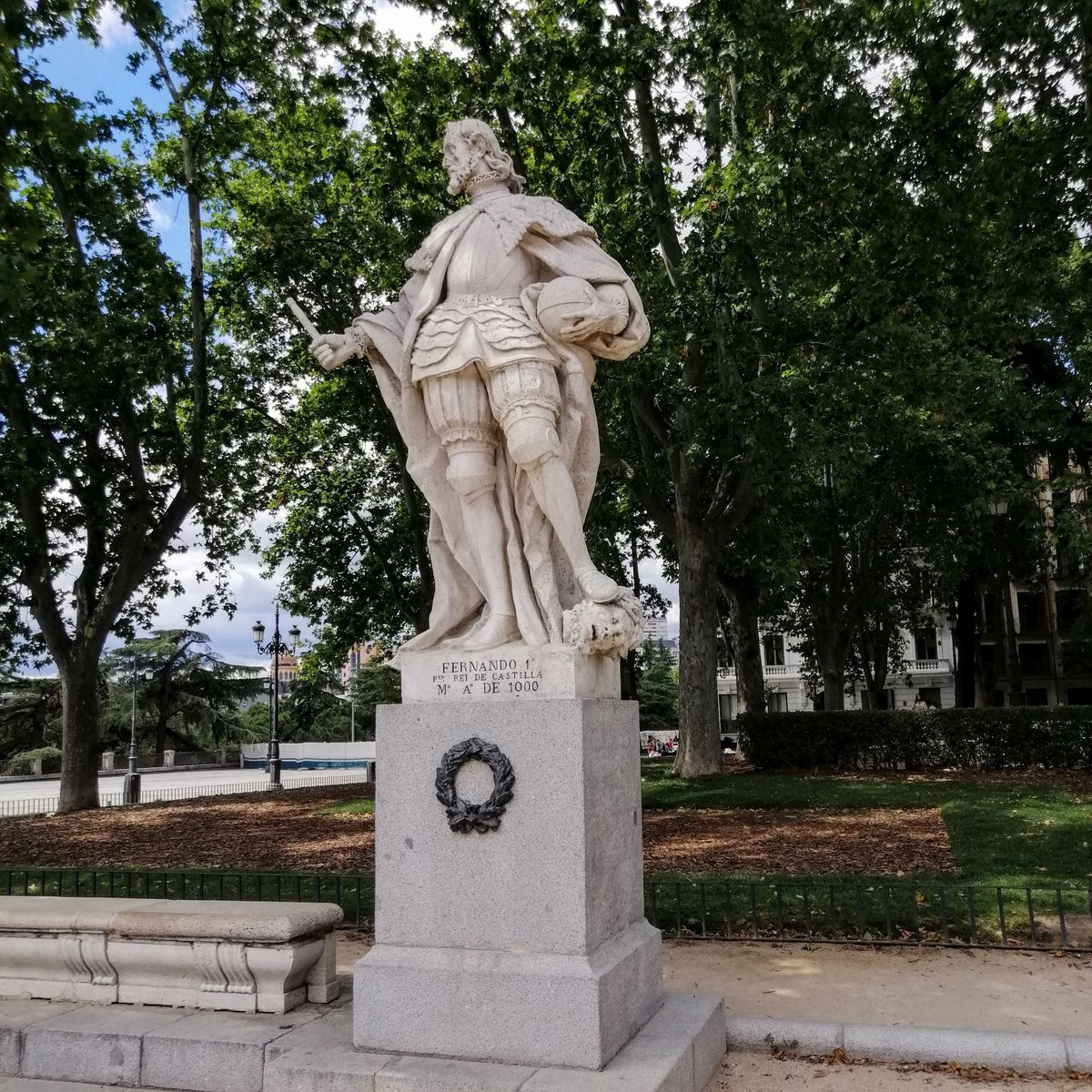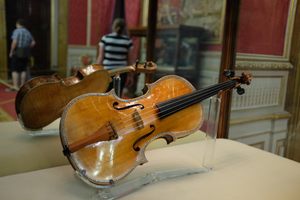About
In the mid-18th century, the Benedictine friar Martín Sarmiento was tasked with the exterior decoration of the Royal Palace of Madrid. The idea was to decorate the upper balustrade, cornices, corners, and the Patio del Príncipe with statues of all the monarchs related to the different kingdoms of Spain. They would go back in history, from the primitive kings of the Visigoth kingdom after the fall of Rome to the current king at that time, Philip V.
All the monarchs of the ancient Christian kingdoms of the peninsula would be present: Asturias, León, Castilla, Aragón, Portugal, and Navarra, the Catholic Monarchs, the Austrians who succeeded them, and even monarchs of the Aztec and Inca Empire and even Hispano-Roman emperors. Between 1743 and 1748, a total of 114 limestone statues were sculpted under the direction of Giovanni Domérico Olivieri and Felipe de Castro. The sheer number of statues could have affected the structure of the building, due to their immense weight.
According to a local legend, the queen mother Isabel de Farnese, wife of Philip V, had a dream that an earthquake devastated the city of Madrid that resulted in these statues falling and crushing her. Being very superstitious, she considered the dream as a premonition of the end of the monarchy and asked her son, King Charles III, to remove them. The vast majority of them were not even used for their intended purpose and they were stored in the palace's basement .
In 1842, during the reign of Isabel II, the statues were restored and distributed to different places in the city of Madrid. A large part stayed nearby in the Plaza de Oriente and the Sabatini Gardens, others can be seen in the Retiro Park or the old Retiro Palace. At the end of the 20th century, it was decided to raise some again to the cornices of the palace. Others traveled further, even leaving Madrid, and can be seen in towns such as Aranjuez, Toledo, Vitoria, Ferrol, Pamplona, and Burgos.
Related Tags
Know Before You Go
Twenty statues are located in Plaza de Oriente, another 29 in different locations of the Royal Palace, and eight in Sabatini Gardens.
There are 14 statues in Retiro Park and more near the so-called 'Hall of Realms' (part of the old Retiro Palace built by Philip IV).
Community Contributors
Added By
Published
February 13, 2024



































































